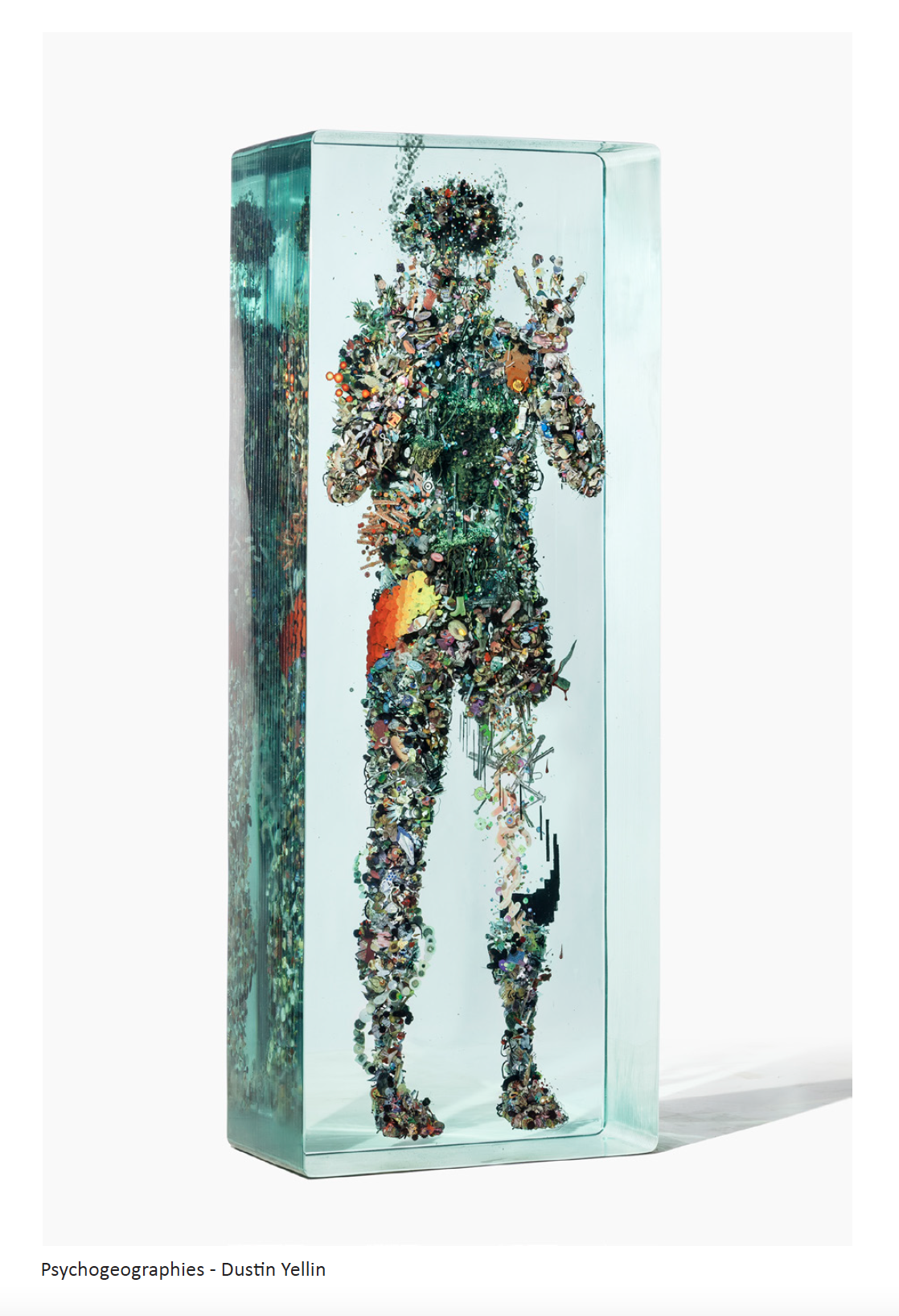The vast body of scientific research shows we are causing irreversible damage to our environment, caused, in part, by the large quantities of CO2 emitted by the construction industry. The emissions of large quantities of CO2 into the atmosphere leads to global temperature rise, and therefore, leading to biodiversity breakdown and habitat loss. One stark example is the embodied carbon of Buchanan Galleries’ façade. It conservatively equates to 10,826,167 kgCO2e which is equivalent to 60 rail cars worth of coal burned, stretching for 1km.
We need to drastically reduce our carbon emissions in the built environment by rethinking our material choices and their relationship with permanence. Contemporary Architecture does not take into consideration the permanency of materials and their relation to the function of the building. We see concrete tower blocks constructed and demolished within 100 years, knowing that the material itself could last centuries. Therefore, we need to focus on rebalancing the relationship between material lifespan and function to bring forward an ethical solution to our environmental issues.
By exploring permanence in Glasgow, we see that few buildings remain permanent throughout history. The most permanent institution is the Glasgow Cathedral, standing since the 1100s. In contrast, the political institutions have seen continual movement and change throughout the city. The current political space, the Glasgow City Chambers, has stood only since 1889. The materials used within it try to demonstrate a sense of power and permanence which are in contrast with the impermanence and instability of politics in history.
My proposal is exploring Buchanan Galleries. It is a building which is losing its function, before the end of its material lifespan, due to the pandemic and outdated design. I am seeking to transform Buchanan Galleries into a new democratic political space and to encourage the creation and use of alternative, sustainable materials. In doing so, I hope to demonstrate how using low embodied carbon materials can reduce our impact on the environment.

